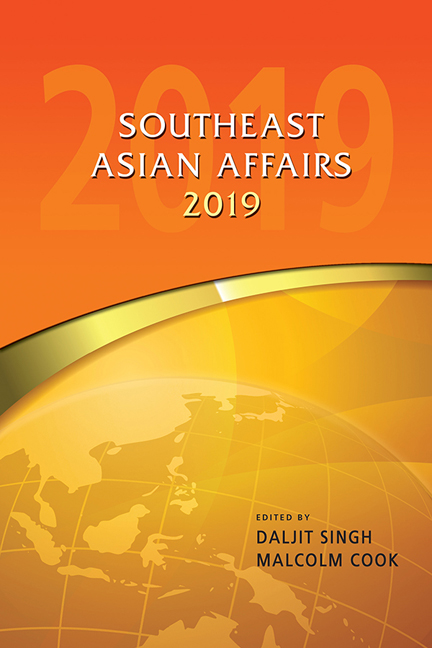Laos on the Path to Socialism?
from LAOS
Published online by Cambridge University Press: 07 September 2019
Summary
The government of Prime Minister Thongloun Sisoulith has strengthened the position of the Lao People's Revolutionary Party (LPRP) and tightened its grip on society. At the same time, socialist terminology has become fashionable again. Observers wonder whether the government is actually returning to a socialist agenda. Or is the shift that occurred with the Party Congress in 2016 linked to the increasing influence of China? Yet another hypothesis refers to the fact that Lao society has become too complex, fragmented and unequal to be controlled under the conditions of economic liberalization. This chapter explores the three scenarios and argues that each of them tells part of the story. The first section situates Laos in the current geopolitical configuration. The second section looks at the economic situation, while the remaining three sections are devoted to Lao society. The third deals with civil society, the fourth with inequality and the fifth with consumer culture and capitalism.
Is Everything About China?
Laos is a small landlocked country located at the southern border of China. Add the fact that the country has plenty of natural resources and a per-capita GDP of around US$2,400, the story emerges without difficulty: China is seeking to control Laos. The strategy pursued by China is similar to other cases. The Chinese carry out large infrastructure projects that are financed by loans extended to the country's government and which are to be paid back at some point. For this service, the Chinese demand nothing except the lease of the infrastructure for a certain period of time, while being able to hold the government hostage until the debt is paid back.
In the case of Laos, the largest project is a high-speed train from the Chinese- Lao border to Vientiane (and then linking it to the Thai railway network). Part of China's Belt and Road Initiative, the project is expected to cost more than US$6 billion and to be completed before 2022. In late 2018, the completion rate was at a reported 30 per cent. The cost of the project is equivalent to almost a third of the annual GDP of Laos. One wonders how the country will ever be able to raise even a significant fraction of that sum. In addition, Laos has had to cede a corridor of land along the railway tracks to the Chinese.
- Type
- Chapter
- Information
- Southeast Asian Affairs 2019 , pp. 165 - 176Publisher: ISEAS–Yusof Ishak InstitutePrint publication year: 2019

